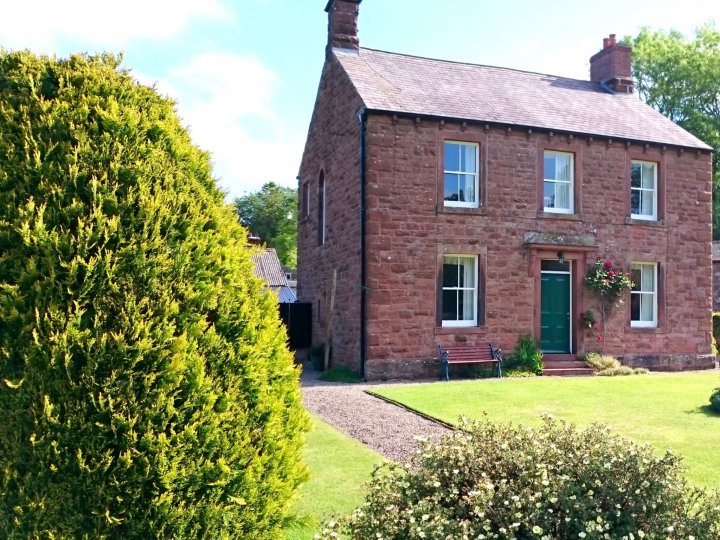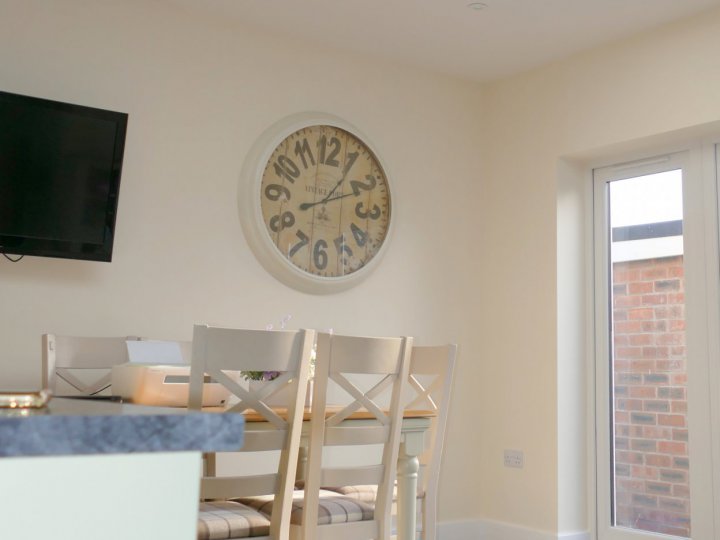
Lime-plaster (or lime-mortar as it is sometimes referred to) is an internal decorative finish applied to walls and ceilings that can be traced back thousands of years. An archaeological excavation in Amman, Jordan found lime-plaster mixes were used to create a series of statues (known as the Ain Ghazal statues) on or around 7200BC, some of which are on display at the British Museum in London and the Louvre Museum in Paris.
In the UK, if your house was constructed prior to 1920, it is more than likely to have originally been finished with some form of lime plaster. Today, lime-plaster has largely been replaced by concrete and gypsum based modern alternatives. Whilst lime-plastering has become a more niche and specialized product in recent years it is still used to this day, particularly when working on older period properties with solid walls.

Lime-plaster comprises a measured mix of water, sand and lime. The lime is derived from limestone, calcium carbonate or chalk which is heated to create quick-lime. In the past, natural fibres such as animal hair were added to increase the binding and strength of the mix but more modern lime-plasters tend to use other chemical agents to achieve the same effect. Lime-plaster also takes much longer to set and dry than modern plaster mixes.
There are 2 general types of lime plaster. Hydraulic lime-plaster looks like a fine powder and uses natural limestone but only begins to set when the mix reacts with water. Alternatively, non-hydraulic lime-plaster (often sold as lime-putty) uses purified limestone and begins to set when the mix reacts to air, a chemical process known as carbonation. Because of the nature of the material, its application is best done by an experienced plasterer.
If you are wondering if you have lime-plaster in your property, there are several clues to look for. The first thing to look for is the presence of fine hair fibres within the plaster which were added to bind the plaster mix together that concrete or gypsum plasters do not have. The second is the colour of the plaster. Modern gypsum plasters tend to be a pinkish brown whereas lime-plaster is usually a cream or off-white colour. Finally, lime-plaster tends to have a very soft finish to the touch when compared to modern alternatives.
The semi-permeable chemical make-up of Lime-plaster allows air to pass through it, whereas modern cement or gypsum plasters (and particularly external polymer renders) are far denser materials so air cannot pass through them as freely. As such, is acts somewhat like a dehumidifier because whilst it will not prevent damp from forming, it will be able to retain and remove moisture into the air when it does develop.

On building and renovations projects for older properties that do not have cavity walls this can be a particularly notable advantage in that it allows moisture to escape, however it is worth noting that this can potentially cause other issues elsewhere. Additionally, when fully set lime-plaster has a far higher pH level which can act as a natural fungicide preventing mould from developing.
Problems surrounding damp penetration on older properties with solid walls can often be traced back to the application of modern concrete or gypsum-based plasters directly onto the solid wall without also installing other preventative moisture control methods. This problem also can also apply to the floors of traditional properties where the use of limecrete material flooring may be a better option than modern cement concrete floors as they can push moisture into the walls which in turn can lead to damp problems.
Applying lime-plaster typically takes longer than most other plasters as it must be applied in 3 separate coats which can each take 2 weeks or longer to dry before the next coat can be applied. The first coat (referred to as the scratch-coat) typically takes 10-14 days to dry, the second coat (known as a float-coat) also usually takes around 10-14 days to set and finally the top cost (referred to as a skim coat) will take about 4-7 days to dry. Basically, it takes around a month to apply wall lime-plaster correctly assuming no other remedial or preparation works to the walls are required, but this does vary considerably.
Matt-paint finishes often look best on lime-plaster walling but it is critical to ensure that you use a breathable paint which can be more expensive than standard emulsions. Also, do not be tempted to paint a finished lime-plaster wall immediately. For a standard 25mm thick lime-plaster wall, allow around 20 weeks for it to fully cure before applying any paint.
Lime-plaster is now a sparsely used material and has been superseded by gypsum-based products today but in the correct circumstances it can offer an interesting alternative than any of the more modern plastering methods and materials as well as making all the difference to the finished effect, particularly when working on heritage period properties with solid walls.
